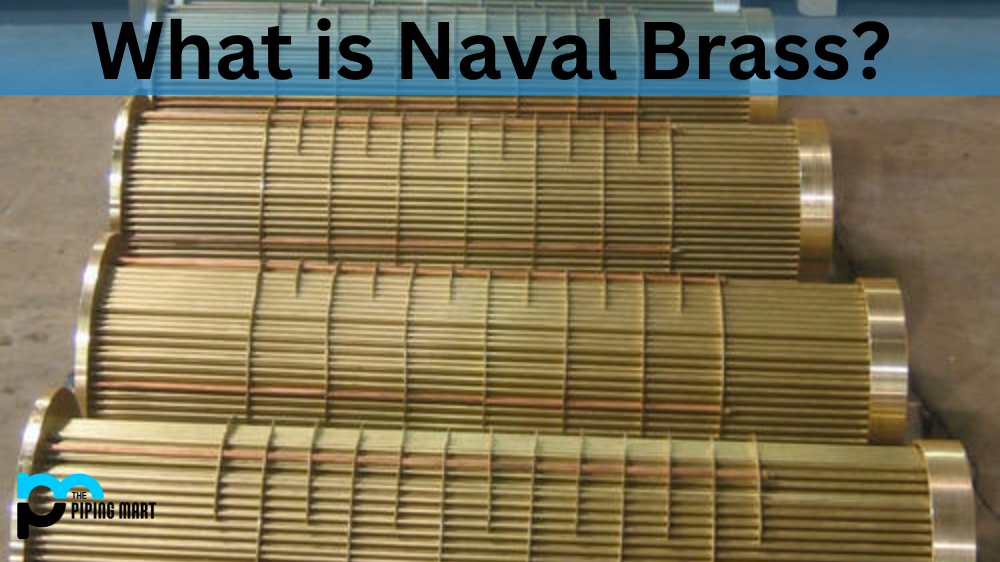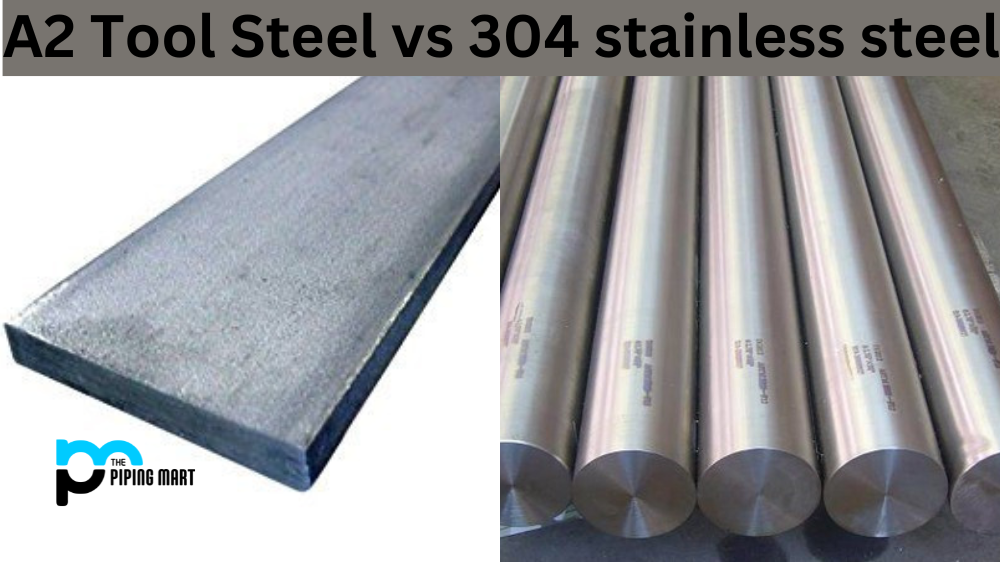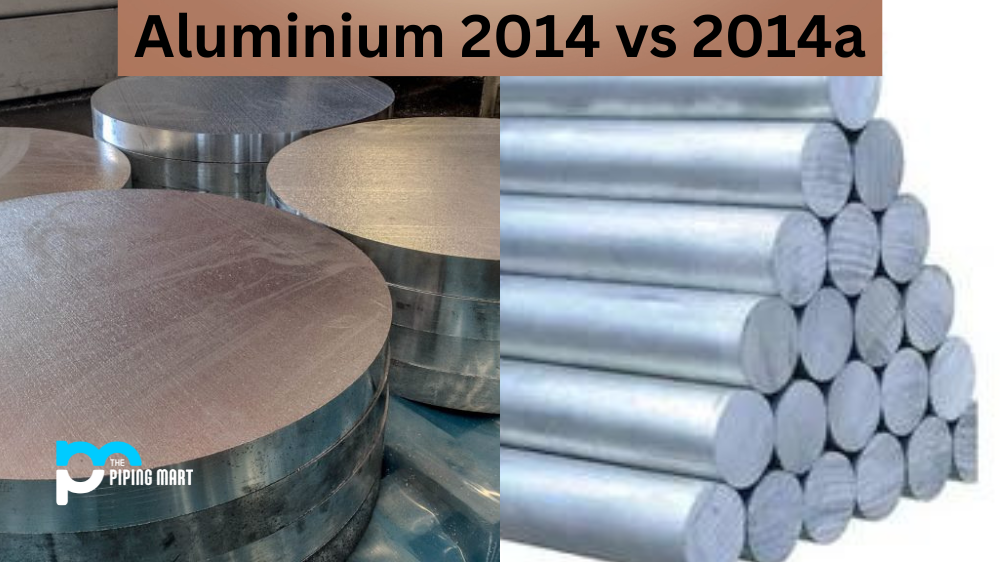Naval brass, also known as Admiralty brass, is a special type of copper alloy made up of 60% copper, 39.2% zinc, and 0.8% tin. This combination makes it’s signature yellowish-golden color incredibly durable and resilient. It has been used in marine applications for centuries due to its excellent corrosion resistance in saltwater and its ability to withstand high temperatures. Today, naval brass is still widely used in shipbuilding and other maritime applications.
Naval Brass Composition
Naval brass is an alloy of copper, tin, and zinc that has been used for centuries to protect ships and their crew by providing corrosion resistance on salt-water journeys. Each of the elements in naval brass composition provides unique corrosion protection with tin providing the longest-lasting protection while zinc will allow noise vibration suppression; nickel and iron can be added to further improve corrosion resistance. In recent times, a wide range of different alloys has made their way into modern shipbuilding, from aluminum-bronze mixtures to other nickel alloys. However, nothing compares to the classic naval brass composition that stood the test of time against unforgiving sea conditions.
Naval Brass Properties
Naval brass is renowned for its strength, corrosion resistance, and longevity. It has a tensile strength of 36 ksi (247 MPa) allows it to be used for parts that are subject to high stress or pressure, such as rivets and bolts. Its high malleability also makes it easy to work with when creating intricate shapes or components such as propeller blades or shafts. Additionally, naval brass offers superior protection against saltwater corrosion compared to other metals – an essential quality for any part exposed to seawater regularly.
Good Corrosion Resistance
Naval brass has excellent corrosion resistance in fresh and saltwater environments. This makes it an ideal choice for applications such as marine hardware, propellers, and pump impellers.
Good Strength and Ductility
Naval brass has good strength and ductility, making cold work and welding easy. These properties make it well-suited for applications such as tubing, piping, and valves.
Good Machinability
Naval brass has good machinability, making it easy to cut, drill, and tap. This makes it a good choice for applications that require intricate shapes or close tolerances.
Good Solderability
Naval brass has good solderability, making it easy to join using soldering methods such as brazing and welding. This makes it a good choice for applications such as electrical components and plumbing fixtures.
Non-Magnetic
Naval brass is non-magnetic, making it an ideal choice for applications with undesirable magnetic properties, such as electrical wiring and transformers.
Naval Brass Uses
Naval brass can be found in many different types of marine applications, including ships, boats, pipes, valves, fittings, fasteners, and propellers. In fact, naval brass has been used in the shipbuilding industry since the 19th century when it was first developed by British engineers looking for an alternative to lead-based alloys, which were prone to damage from seawater exposure. Today, naval brass is still commonly used in commercial ships due to its superior strength and corrosion resistance and ability to withstand extreme temperatures without deforming or becoming brittle over time. It can also be found in smaller boats, such as yachts, whose attractive golden color adds a touch of elegance and sophistication.
Seawater Pumps
Naval brass is often used in seawater pumps due to its resistance to corrosion from salt water.
Marine Hardware
Naval brass is also commonly used in marine hardware, such as fittings, valves, and propellers.
Desalination Plants
Naval brass is often used in desalination plants, which remove salt from seawater to produce fresh water.
Heat Exchangers
Naval brass is also used in heat exchangers, which transfer heat from one fluid to another.
Nuclear Reactors
Naval brass is sometimes used in nuclear reactors due to its resistance to radiation.
Conclusion:
Naval brass is one of the most popular materials used in marine applications due to its superior strength and corrosion resistance properties, combined with its attractive golden color that adds an element of beauty to any boat or vessel it’s used on. Whether you’re building a large commercial ship or a small yacht, naval brass is an ideal choice for any project that regularly requires parts exposed to salt water. With proper care and maintenance, your naval brass components should last you many years!

Pipingmart is B2B portal specializes in industrial, metal and piping products. Also, share latest information and news related to products, materials and different types grades to help business dealing in this industry.




